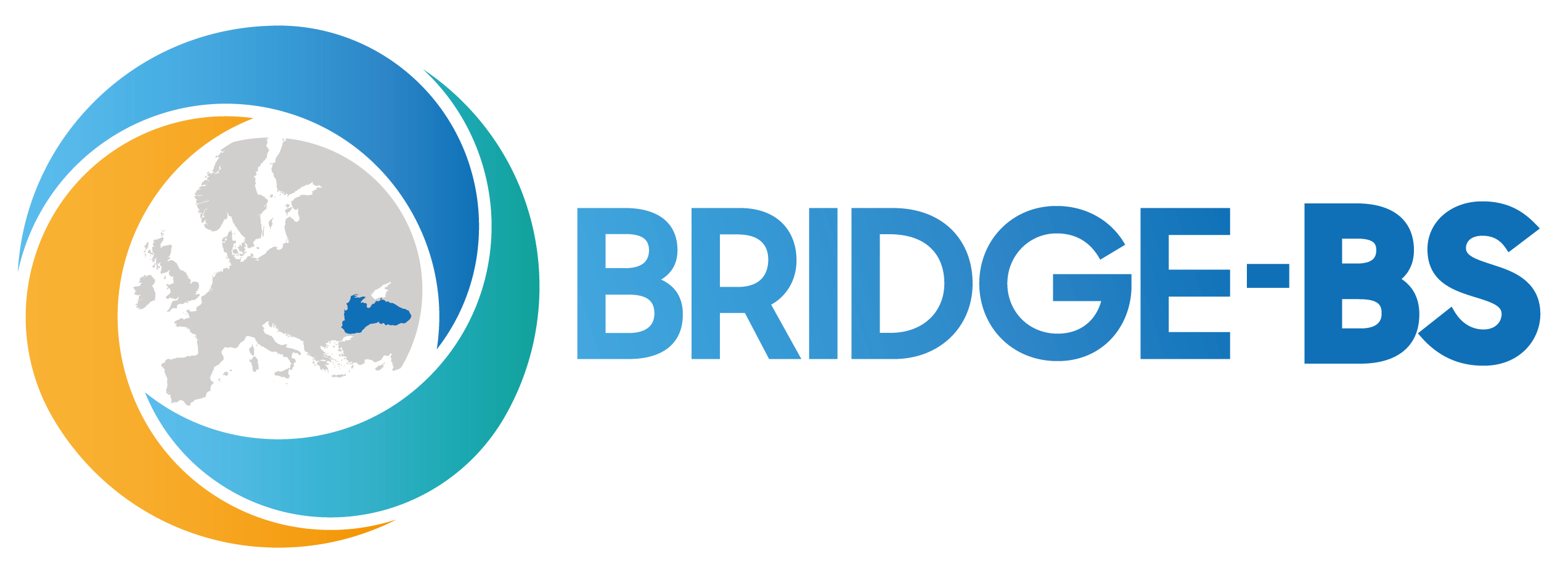Living labs are user-centered, open innovation ecosystems based on a systematic user co-creation approach that integrates research and innovation processes in real-life communities and settings. Putting citizens at the center of innovation, Living Labs allows bottom-up policy coherence to be reached, starting from the needs and aspirations of local and regional stakeholders. The Living Labs enable the integration, validation, and investigation of research results from the scientific analysis on the problem under research: “Advancing Black Sea Research and Innovation to Co-Develop Blue Growth within Resilient Ecosystems”.
Living Labs are one of the innovative aspects of the BRIDGE-BS project that embraces multi-method approaches with interactive and participatory methodologies. The BRIDGE-BS Living Labs are designed to develop strategies to prepare the society for innovative social solutions and identify Blue Growth opportunities focusing on stakeholder engagement.
The BRIDGE-BS Living Labs serve as an instrument to empower local communities in the future sustainable management of the Black Sea, breaking sectoral silos and ensuring a systemic approach. They create a new local participative dynamic to explore alternative forms of governance as well as being a focal point for greater interconnection between physical and socio-economic sciences. All the facilities of Living Labs and their objective to bring together business operators from the coastal and maritime sectors, interest groups, scientific experts, and local responsible administrations reinforce the interdisciplinary characteristic of BRIDGE-BS.
Three rounds of Living Labs will be operated on the Pilot Sites located in the selected regions from BRIDGE-BS partners’ countries. Various tools (role play, decision support tools, system innovation tools, participative scenarios) will be exploited and enhanced the inter-actor exchanges to create a learning loop, raise awareness on ecosystem services and their multi-stressors, current, and future, stimulate thinking out of the box, develop trust and collaborations, to foster the adoption and implementation of innovative eco-solutions.
The Living Labs implementation starts with a stakeholders mapping and analysis exercise to select stakeholders group representatives who participate in the living labs activities within the project. The activities to be implemented within the LLs are identified based on project objectives, challenges, impacts, and expected outputs, making use of knowledge visualization tools to support the exploration of the different perspectives, knowledge exchange across communities. The Living Labs are intended to provide the freedom and a safe place for the representatives to co-identify challenges, risks, and opportunities, explore innovative ideas, co-develop pathway(s) towards a common desirable future.






